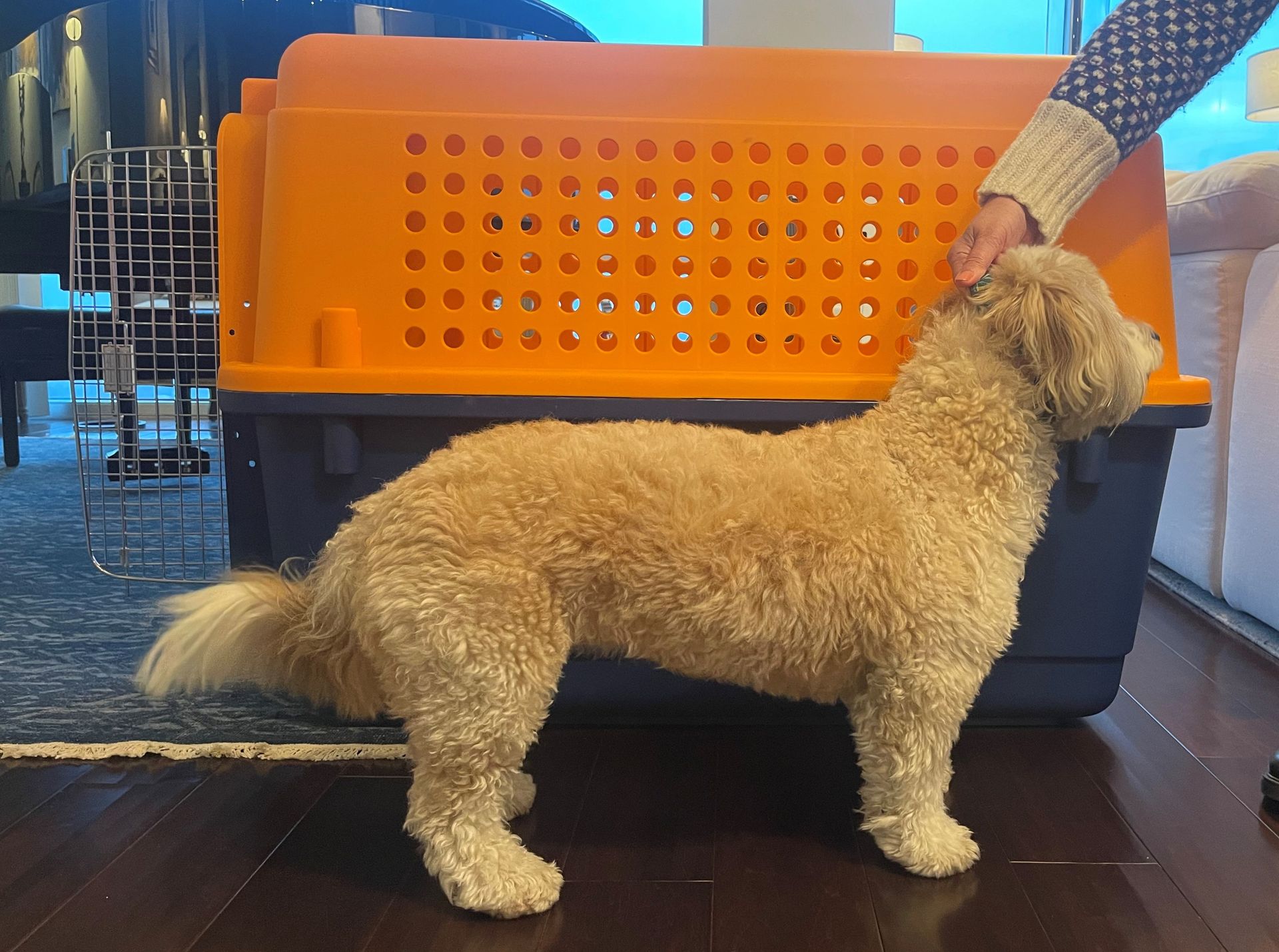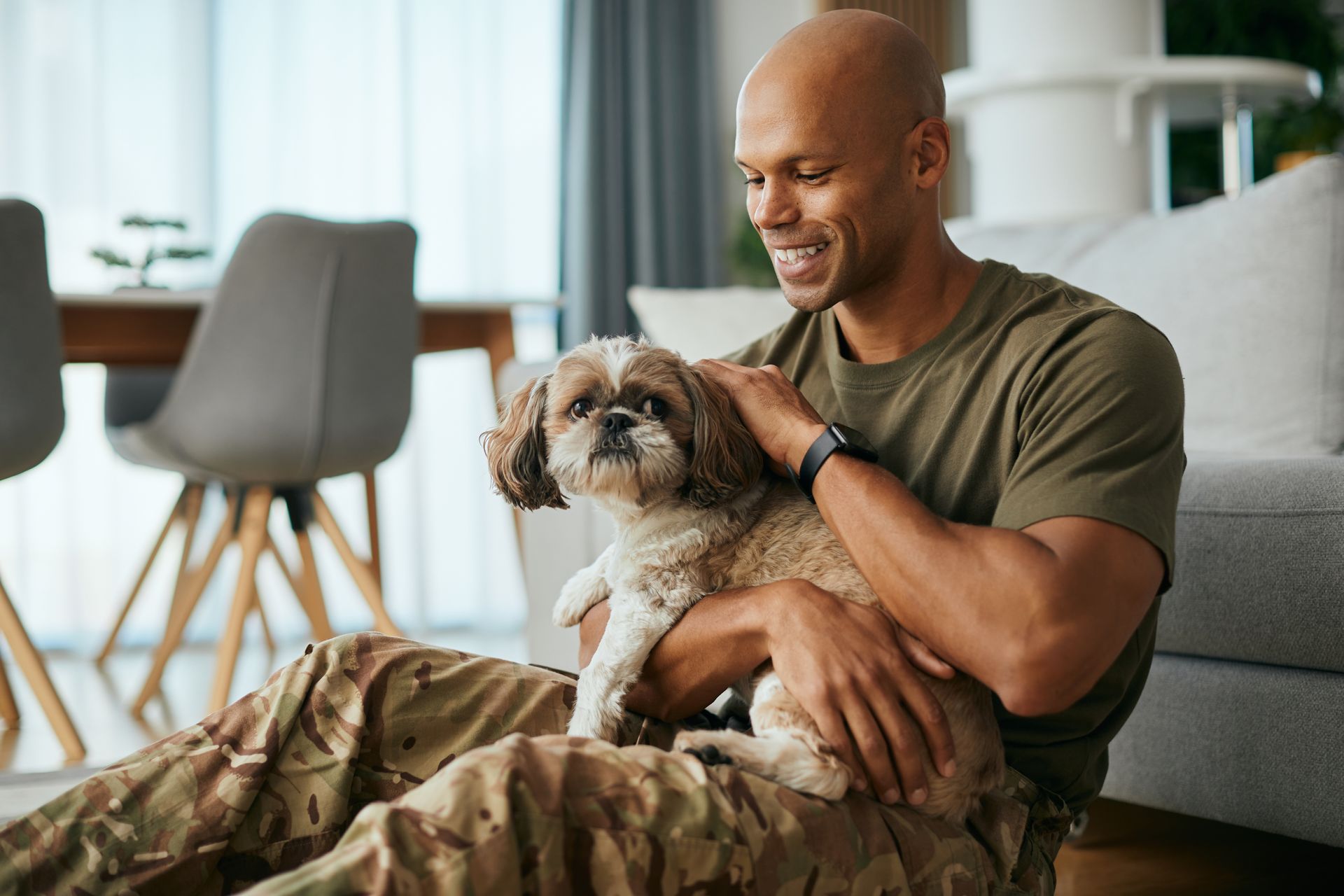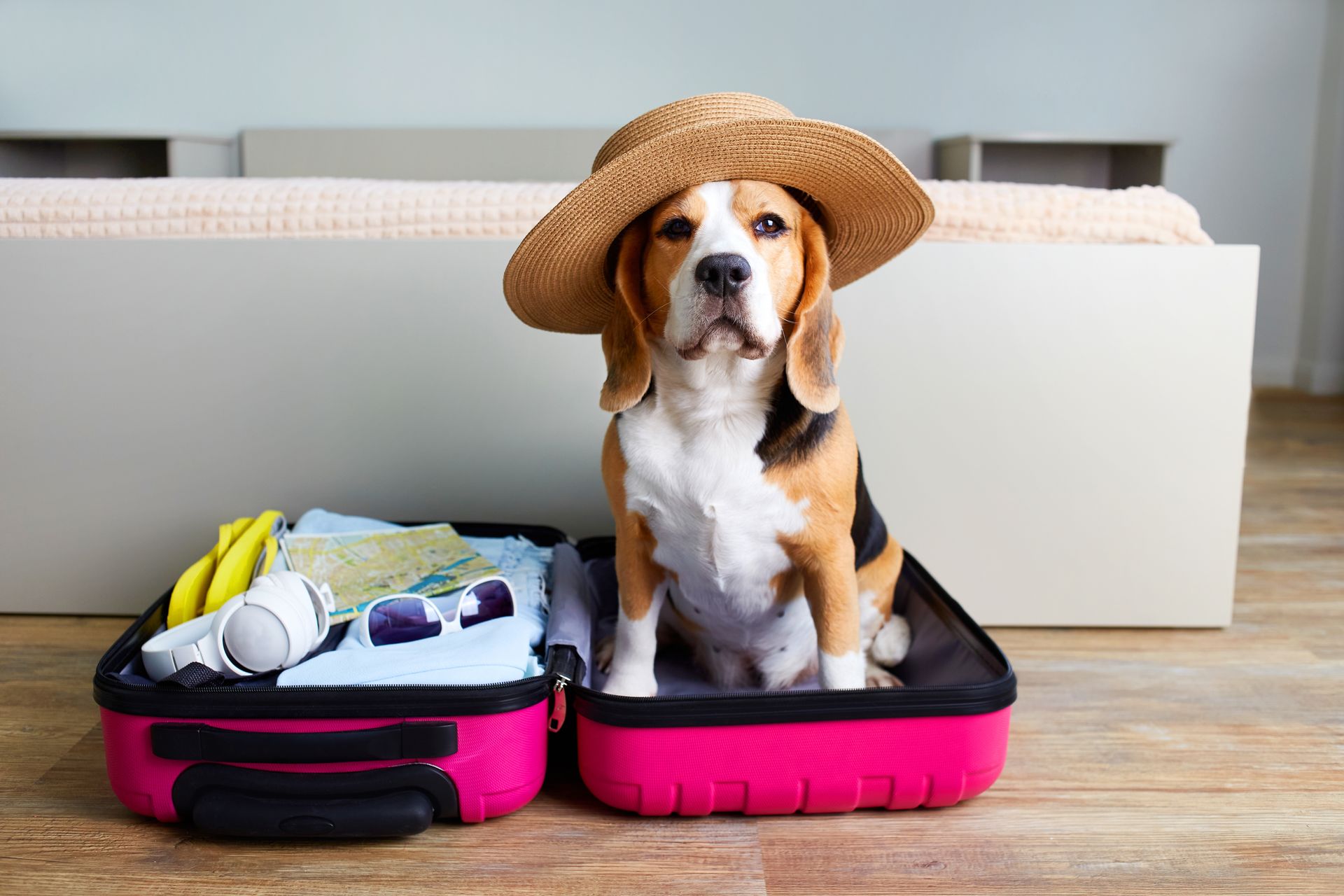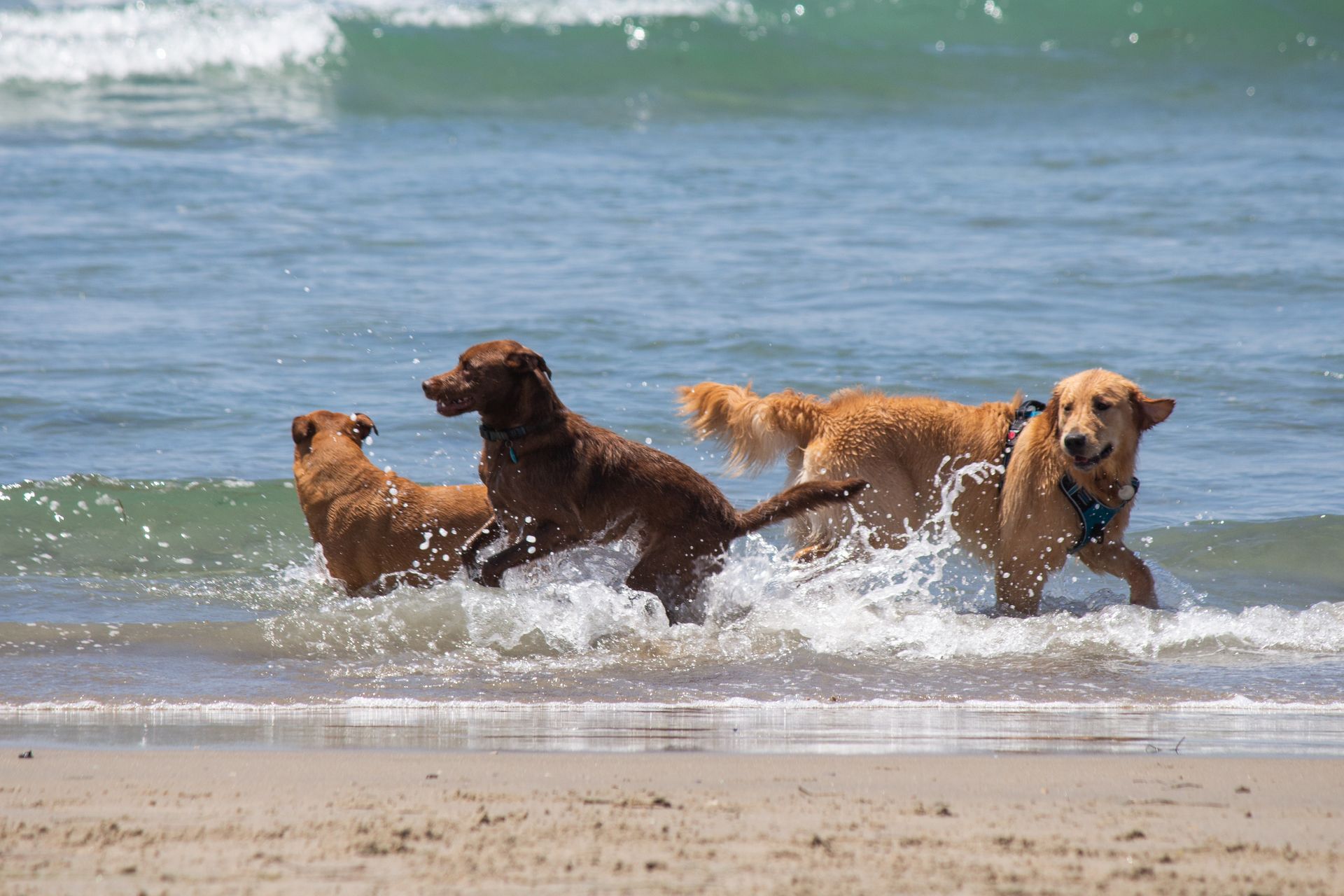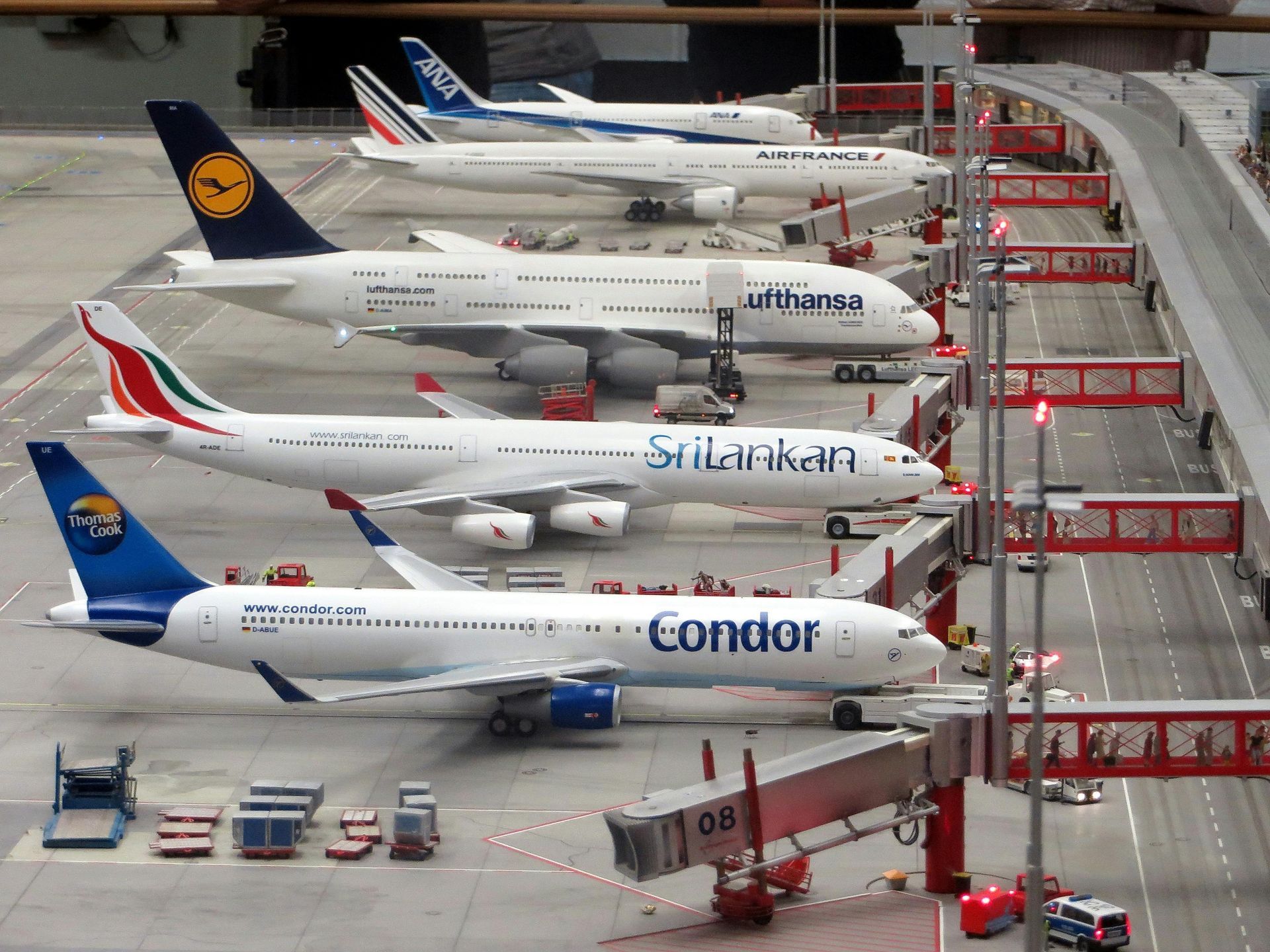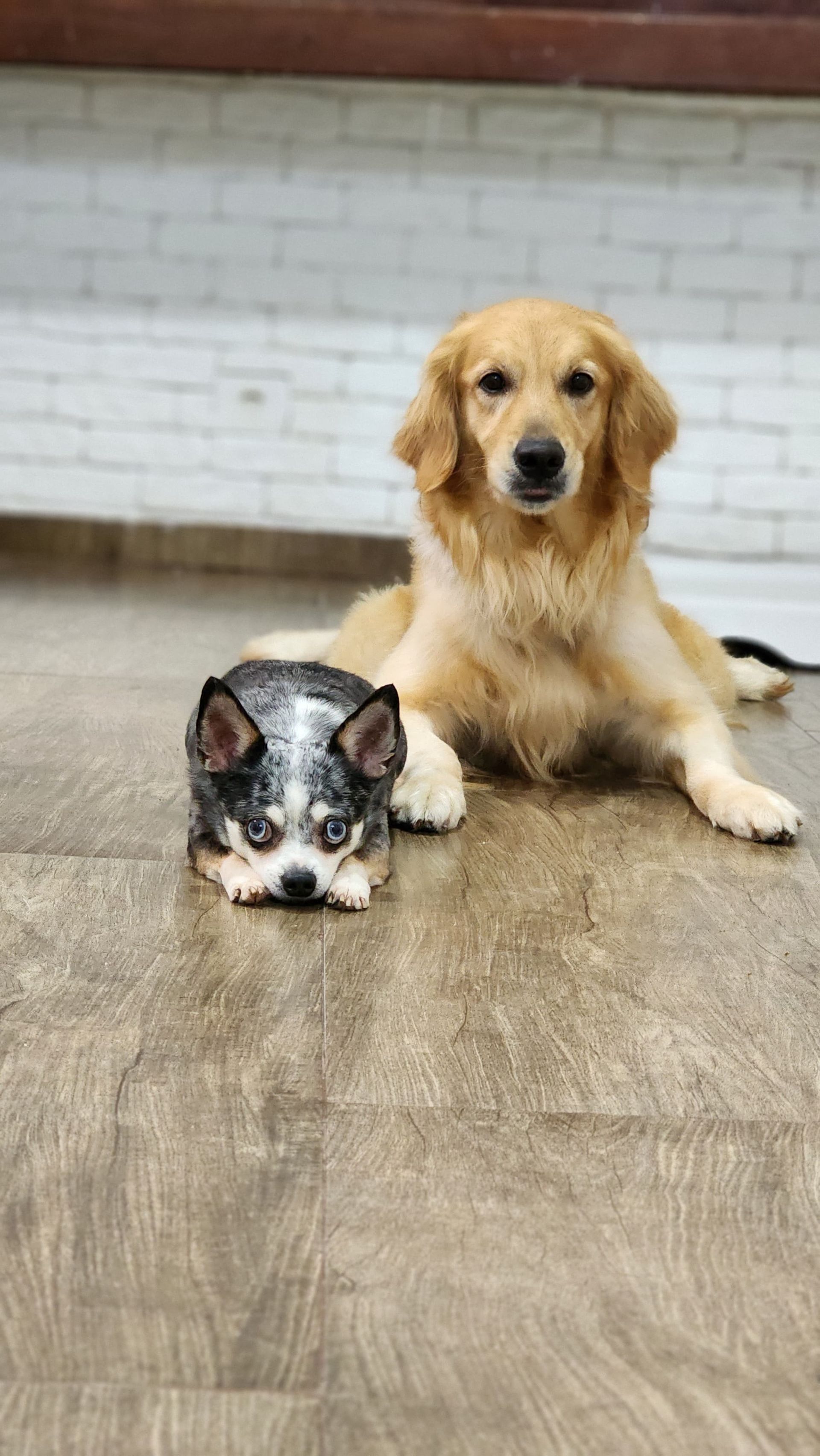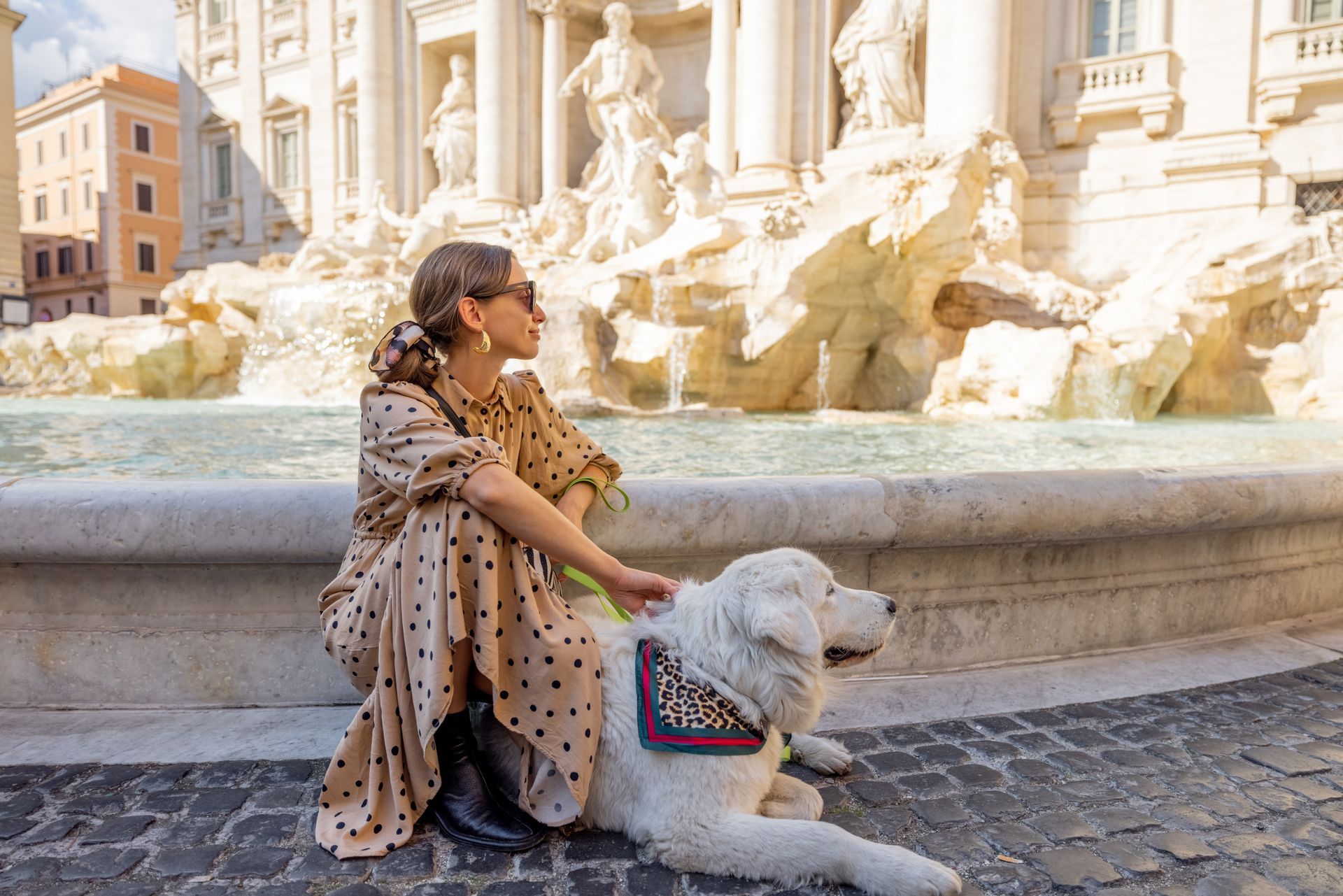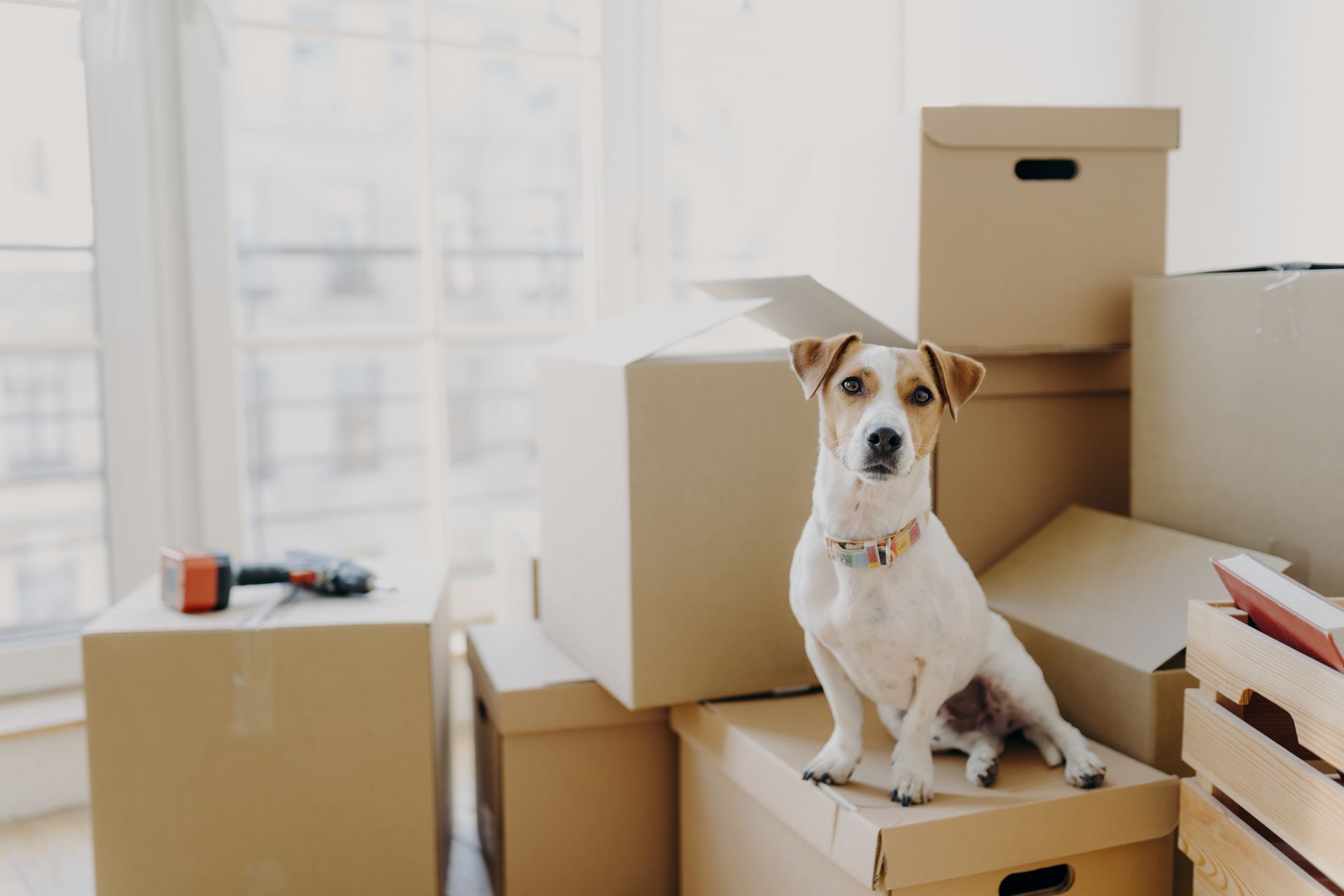Airline Pet Travel Crates
Airline Approved Pet Carriers: Everything You Need to Know About IATA-Compliant Travel Crates
When it comes to flying with your pet—especially for international travel or PCS (Permanent Change of Station) moves—it’s crucial to ensure your pet’s carrier meets IATA (International Air Transport Association) regulations. Airlines follow strict guidelines for pet travel, and failure to meet them can result in denied boarding, travel delays, and unnecessary stress for both you and your furry companion.
IATA Kennel Requirements for Airline Travel
To be approved for air travel, your pet’s crate must meet the following specifications:
Construction
- Material: Rigid plastic, metal, or wood only. Soft-sided carriers are not accepted for cargo.
- Escape-proof: Must be leak-proof, escape-proof, and structurally sound.
- Doors: Only metal doors are accepted. No plastic or fiberglass doors. Top-loading doors are not allowed.
- Secure Assembly: Kennel must be fastened with metal nuts and bolts (plastic-covered bolts are acceptable). Snap closures are only permitted if they are reinforced with drilled metal bolts.
Ventilation
- Domestic Flights (within U.S. & Puerto Rico): Ventilation required on at least three sides.
- International Flights & Brachycephalic Breeds: Ventilation is required on all four sides of the kennel.
- Vent openings must not exceed 1" x 1" for dogs and ¾" x ¾" for cats.
Size & Interior Comfort
Your pet must be able to:
- Stand upright without ears or head touching the top.
- Sit, lie down, and turn around comfortably.
- Short-nosed breeds (like Pugs or Bulldogs) must use a crate one size larger than standard.
How to Measure Your Pet (IATA Method)
Use these four measurements to ensure you select the correct crate size:
- A – Nose to base of tail (do not include the tail).
- B – Elbow to the ground.
- C – Width at the widest point.
- D – Floor to the top of ears or head, whichever is higher.
Then calculate:
- Length: A + ½ B
- Width: C x 2
- Height: D
The minimum interior length of the crate must equal A + ½ B
The minimum interior height of the crate must be equal to D
Tip: Stand your dog against a wall and mark the measurements for easier accuracy—less wiggling, more precision

Additional Airline Carrier Requirements
- Wheels: Must be removed or rendered inoperable.
- Labeling: Airline staff will apply "Live Animal" and directional labels.
- Water & Food Dishes: Two separate or split dishes must be attached inside the kennel and accessible from outside the door.
- Absorbent Lining: Use towels or blankets up to 3" thick. No hay, straw, or wood shavings.
- Cleanliness: Kennel must be clean, free of odor, and contain no loose items.
- Emergency Access: Doors must close securely but still allow staff to access the pet in an emergency.
What Happens if Your Crate Doesn’t Meet Requirements?
Failure to comply with these regulations can result in:
- Immediate denial at check-in
- Additional booking fees and kennel replacement costs
- Stress or injury to your pet during travel
Custom Travel Crates & Crate Extensions
Certain breeds or large dogs may require custom-built crates to meet IATA standards. These can take up to 60 days to manufacture, so planning ahead is essential.
Ready to Ship Your Pet?
At Continental Pet Relocation, we’re experts in ensuring your pet travels safely, comfortably, and compliantly. We handle all the logistics so you can focus on your next adventure. Contact us today to ensure your pet’s crate meets IATA and airline guidelines—and let us take care of the rest.

